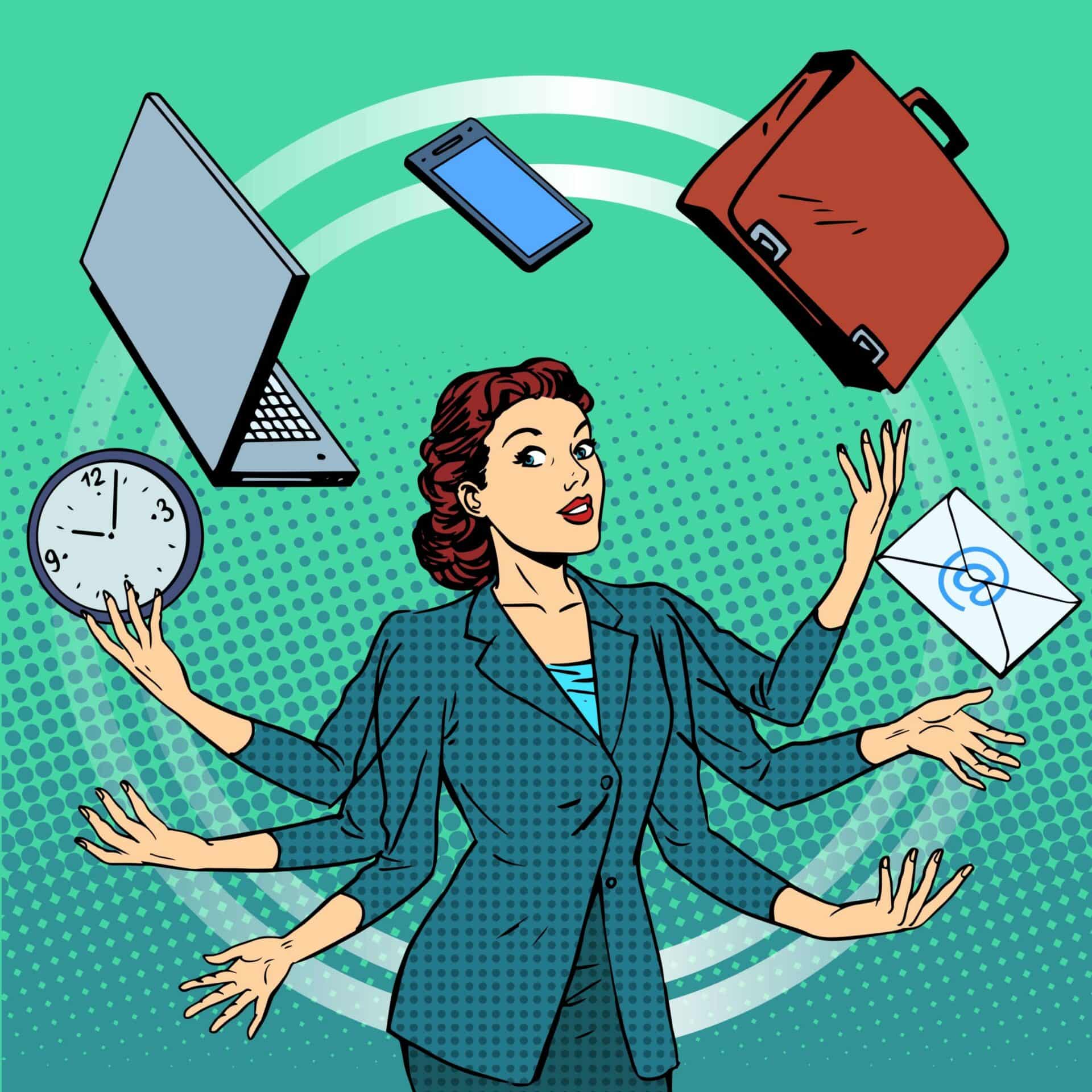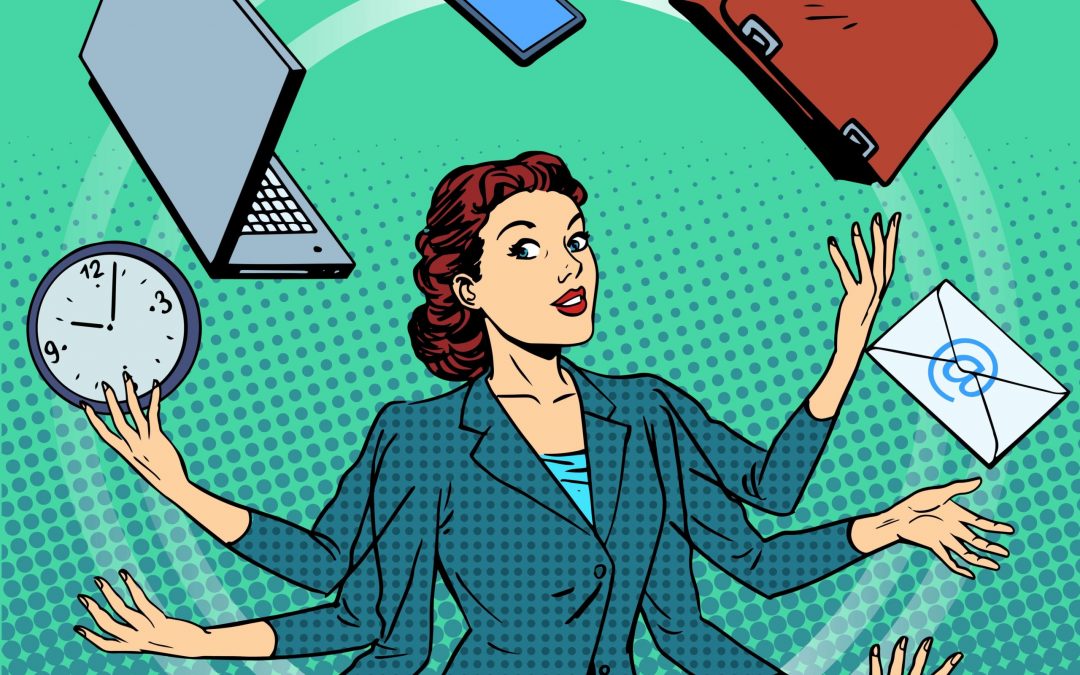Is your email inbox out of control? Do you feel like each day more and more messages just seem to slip by? If an email wasn’t your primary communications channel in the past, it probably is today with so many people working from home. Working remotely introduces both challenges and benefits. One of the big challenges I see is the loss of direct interactions with your peers, direct reports, and bosses.
Yes, I know we all have become Zoomers but that doesn’t replace the conversations we used to have in the break rooms, around someone’s desk, or in a physical conference room. Think about it, in this new world how you represent yourself in your email messages will have a large impact on how others view your contributions and value to the organization.
Email Inbox Management Tips for New & Old Users:

You need a system to properly process email and make sure you are getting things done. In this post, I would like to first share some great email tips you can start using today and also introduce you to my system called Control Your Day.
I am going to break this into two sections, one on email productivity and the other on email formatting.
Email Productivity
- Schedule email processing times
Email is a critical communications channel, but it is also an interrupter and directly impacts your ability to stay focused and accomplish work that is important to you. Provided you are not in a role that requires you to instantly respond to messages as they arrive, I suggest you schedule times during the day to receive and process email.
Today you might either have your mailbox set up to check every 10 to 15 minutes for a new email. Turn off the auto-send and receive and you make the decision when you want to receive new and process new work. Try checking new mail once an hour to start, then if that works out, try doing it just 4 or 5 times a day.
- Process your email using the 4 D’s of Time Management
What happens today when you receive a new email? Do you process each message or do you just cherry-pick the ones you want to or have time to work on and let the others just flow down into the belly of your inbox? Once you have defined a schedule to process your email , the next step is to perform that processing.
There are four things you can do with each new message…

-
- Do it: If it takes less than 2 minutes, just do the work and clear out the message.
- Delete It: If you don’t need the message delete it or at least archive it for reference.
- Delegate It: Delegate the work to someone else and make sure to set a reminder or follow-up in case that person doesn’t get back to you.
- Defer It: If it will take more than 2 minutes and you need to do the work, you can defer it to a later time. Make sure to note the next action so you know what to do when you come back to the message.
- Use Categories or Labels instead of Folders
If you are still using physical folders to organize your messages, it is time to consider a change. Microsoft Outlook uses categories , Gmail uses labels to allow you to virtually organize messages into contexts instead of having to physically create, manage, and maintain a physical folder structure in your email.
Email Formatting Tips
- Address your message properly
When creating or replying to a message give thought to who is on the copy. Try to limit the distribution as much as possible. If you are creating a new message, make sure to address the message to one person, if possible, in the body of the message.
If I get a message sent to a group of people and the sender has not decided who they want to respond to the message, I just ignore it and wait to see if someone else will deal with it.
- Tell the receiver what you want
Start your message by stating what you expect from the receiver. If you are just sending the message for their information, start the message with FYI (For Your Information). Tell the receiver what you want and expect and you will have a much better chance of getting what you need. - Recap long message threads when adding someone to distribution
If you are going to add someone to a message thread take a few minutes to bullet out the key points of the message so that person doesn’t have to read through the entire thread to catch up on the conversation. - Read your message before you send it
When you are typing out a message, you don’t always see what you are writing. Take the time to read your message before you send it to make sure the receiver will understand what you are communicating and that there are no grammar or spelling errors. Remember your email image is now a big part of how others will judge you.
My system, book, and Udemy course Control Your Day offers a new way to manage email and tasks using Microsoft Outlook and the best practices from David Allen’s bestselling book Getting Things Done. Want to learn more about Control Your Day? Stop by my site https://www.controlyourday .net to learn more and take your email management to the next level.
Jim McCullen – Jim@Controlyourday.net | https://www.controlyourday.net
The post How to Take Control of Your Email Inbox appeared first on Productivity Land .

